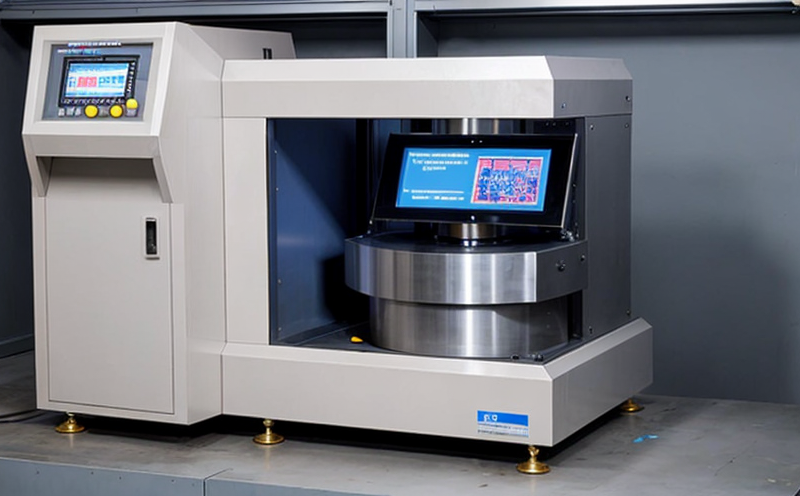ASTM E112 Grain Size and Dimensional Measurement Testing
The ASTM E112 standard provides a precise method for assessing grain size in metallographically prepared specimens. This testing service is essential for ensuring the quality of materials used in Additive Manufacturing (AM) processes, where dimensional accuracy plays a critical role. By adhering to this standard, manufacturers can guarantee that their products meet stringent requirements set forth by industry regulations and customer expectations.
The ASTM E112 method involves etching the surface of metallic specimens with specific chemicals under controlled conditions before examining them microscopically. The goal is to observe how grains appear on cross-sections or polished surfaces, allowing evaluators to classify grain sizes based on their visual characteristics using a standardized scale known as the ASTM E112 Grain Size Scale.
Dimensional accuracy in AM products can be adversely affected by various factors such as layer thickness, laser power settings, and cooling rates during solidification. Ensuring precise control over these variables is crucial for producing parts that conform to design specifications. Through accurate grain size analysis provided by ASTM E112 testing, manufacturers gain insights into potential issues within the manufacturing process that could impact part integrity.
When combined with dimensional measurement tests conducted according to other relevant standards like ISO 13655 or ASME V, this service offers comprehensive evaluation capabilities tailored towards additive processes. It helps identify any discrepancies between expected outcomes and actual results, enabling continuous improvement efforts aimed at enhancing overall product quality.
Benefits
Implementing ASTM E112 grain size testing brings numerous advantages to manufacturers operating within the Additive Manufacturing sector:
- Promotes Consistency: Ensures uniformity across batches by providing consistent measurements of grain structure.
- Improves Product Quality: Helps detect flaws early in production cycles, leading to higher quality end products.
- Facilitates Compliance: Aligns with international standards ensuring regulatory compliance and market access.
- Sustains Competitive Advantage: Enhances reputation among customers who prioritize material integrity and performance.
In summary, ASTM E112 grain size testing supports robust quality management practices essential for maintaining high standards in AM manufacturing processes.
Why Choose This Test
Selecting ASTM E112 grain size testing is particularly beneficial for organizations involved in Additive Manufacturing due to its role in ensuring dimensional accuracy and material integrity:
- Standardized Methodology: Adherence to internationally recognized standards ensures reliability and consistency of results.
- Informed Decision-Making: Provides actionable data points crucial for optimizing production parameters such as layer thickness and cooling rates.
- Enhanced Reputation: Demonstrates commitment to excellence, thereby attracting more clients seeking reliable partners.
- Cost Efficiency: Early detection of defects reduces rework costs and improves first-pass yield rates.
By leveraging ASTM E112 grain size testing, companies can ensure that their additive manufacturing processes are efficient, effective, and capable of producing high-quality parts consistently.
Competitive Advantage and Market Impact
- Enhanced Reputation: Demonstrating adherence to rigorous standards enhances brand credibility among industry stakeholders.
- Informed Decision-Making: Provides valuable insights enabling informed decisions regarding process optimization and improvement initiatives.
- Increased Customer Satisfaction: Ensures delivery of products meeting stringent quality expectations, fostering long-term customer relationships.
- Pioneering Innovation: Utilizing advanced analytical techniques like ASTM E112 grain size testing positions businesses at the forefront of technological advancements within AM sectors.
The implementation of such robust testing methodologies not only secures current markets but also opens doors to new opportunities by establishing a strong foundation for future growth and expansion into emerging areas.





